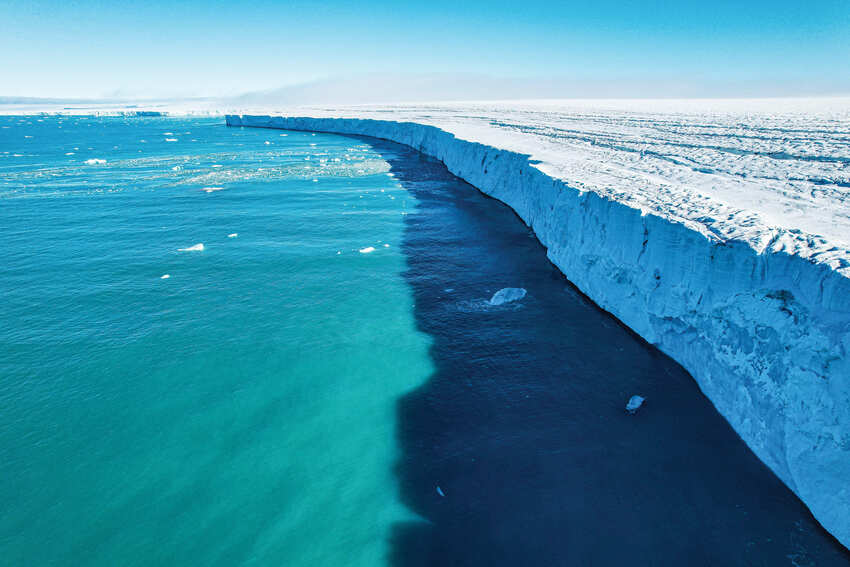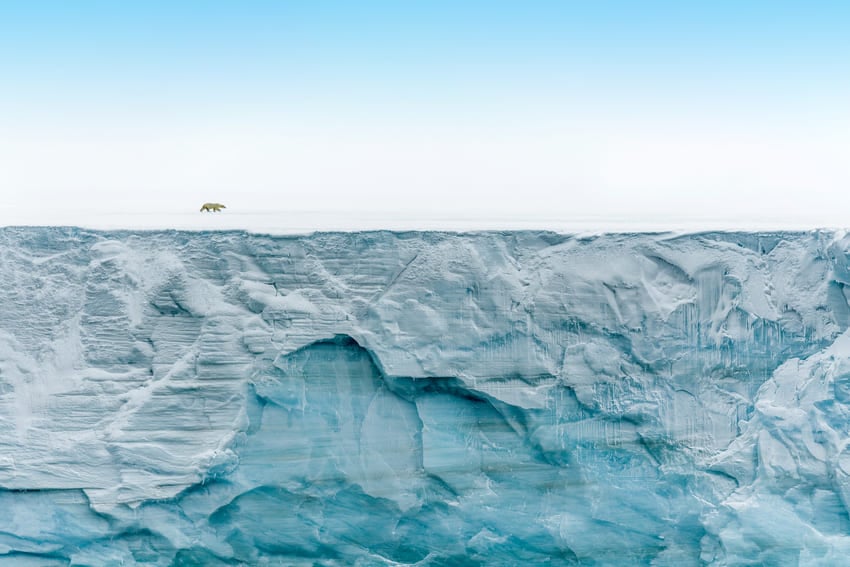Mysteries of the Polar Circles
Key Takeaways
- You’ll find the polar circles at 66°33' North (Arctic Circle) and South (Antarctic Circle).
- There are five major circles adventurers, explorers and geographers get excited about: the Equator, the Tropic of Cancer, the Tropic of Capricorn, the Antarctic Circle and Arctic Circle.
- Due to the earth's axial tilt, the tropical circles are slowly shifting toward the Equator and the polar circles toward the poles.
- The Arctic Circle passes through the Arctic Ocean, the Antarctic through the Southern Ocean and Weddell Sea, and the Tropic Circles and Equator pass through the Pacific, Indian and Atlantic Oceans.
- Experience the full scope of the polar night and day north of the Arctic Circle, and South of the Antarctic Circle!
- The winter solstice marks the day with the fewest hours of daylight: it’s around December 21/22 in the Northern Hemisphere and June 20/21 in the south.
- The northern temperate zone is located between the Tropic of Cancer and the Arctic Circle, while the southern temperate zone is the region between the Tropic of Capricorn and the Antarctic Circle.
- The territory above and directly on the Arctic Circle marks the best opportunities to see northern lights, as well as the regions south of the Antarctic Circle.
- The best way to travel to the polar circles is with an expedition cruise. You’ll experience the full beauty of these regions, wildlife, northern lights, icebergs and a special feeling of accomplishment upon reaching these remote regions!

What’s Inside the Arctic and Antarctic Circles?
Maps of the world show many lines that seem to have nothing to do with the world itself. What’s more, the crossing of these geographical lines is often accompanied by a good deal of ceremony and celebration on cruise ships. Special significance is often attached to the crossing of the so-called Polar Circles. You might be asking, what are these circles? Where are they and why do they exist? And most importantly, how can I cross them and what will I find on the other side?
Upon close inspection of a globe, one notices five circles of latitude are specially indicated. Most prominent is the equator (0° latitude), drawn around the widest part of the globe, equidistant from both the North and South Pole, dividing the globe into its Northern and Southern Hemisphere. Going north, one finds the Tropic of Cancer (23°26′12.5″ north latitude). This marks the northernmost latitude where the sun can appear directly overhead. On the line itself, this occurs only on the June solstice.
The southern counterpart is called the Tropic of Capricorn (23°26′12.5″ south latitude) and here the sun is directly overhead only on the December solstice. As these circles are defined by the angle of the sun relative to Earth’s axis of rotation, their exact positions are not fixed but are gradually moving due to the slight wobble of Earth on its axis. At the top and bottom of the globe are the Polar Circles: the Arctic Circle (66°33′47.5″ north latitude) and the Antarctic Circle (66°33′47.5″ south latitude).

The Arctic Circle
At the top of the globe, one sees the Arctic Circle drawn around the North Pole. Inside this circle, the sun is never directly overhead but, due to the tilt of Earth’s axis, it appears above the horizon for 24 consecutive hours (also known as the midnight sun) at least once per year. On the line of the circle itself, the midnight sun is visible only on the June solstice. At the geographic North Pole (90° north latitude, the exact center of the Arctic Circle) the sun appears above the horizon for half the year.
The length of the Arctic Circle is about 16,000 kilometers and circumscribes an area of roughly 20 million square kilometers, or about 4% of Earth’s surface. Much of this area is cold and inhospitable, but in some places the climate is mild. Consequently, parts of the Arctic have been inhabited by indigenous peoples for thousands of years. Today, about four million people live in the parts of Russia, Finland, Sweden, Norway, Canada, USA (Alaska), Greenland and the tiny piece of Iceland that lie inside the Arctic Circle. In a few places, you can easily cross the Arctic Circle by road in a private vehicle. It is also possible to take commercial aviation into some of the more remote areas of inside the circle.
But arguably the most interesting way to cross the Arctic Circle is by expedition cruise ship. Poseidon Expeditions offers a cruise from Scotland that crosses the Arctic Circle going north to Jan Mayen and Spitsbergen. The Arctic Circle can also be crossed by joining any Poseidon Expeditions cruise to East Greenland.

The Antarctic Circle
The southern counterpart to the Arctic Circle is the . As in the Arctic, the midnight sun is visible at least once per year inside the Antarctic Circle. At the latitude of the circle itself, the midnight sun is visible only on the December solstice. Geometrically, the Antarctic Circle has the same measurements as the Arctic Circle. But that’s where the similarities end.
The continent of Antarctica, which lies mostly inside the Antarctic Circle, has no permanent inhabitants and never had an indigenous population. The climate inside the Antarctic Circle is extremely cold and severe. There are numerous polar research stations, but there are no roads and no public airports inside the Antarctic Circle. Compared to the millions of people who inhabit or have visited areas inside the Arctic Circle, very few people have visited any areas inside the Antarctic Circle.
In fact, the vast majority of visitors to Antarctica do not venture south of the Antarctic Circle, as the parts of the Antarctic Peninsula most frequented by cruise ships are north of the circle. However, Poseidon Expeditions offers a very special once-per-year itinerary that includes an attempted crossing of the Antarctic Circle. Joining this cruise is the best way to see for yourself what lies inside the most enigmatic and least visited of the five circles on the globe.
FAQ
What city is closest to the Arctic Circle?
There is only one city directly located on the Arctic Circle: Salekhard in Russia. Rovaniemi in Finland is the next closest at 6km (4 miles) south. Other cities in close proximity are Tromsø, Bodø, Harstad (Norway), Murmansk, Norilsk, Vorkuta (Russia), and Kiruna (Sweden).
Is The Polar Circle the same as the Arctic Circle?
Both the Antarctic and the Arctic Circles are referred to as polar circles.
Who lives in the Antarctic Circle?
There are no cities on or within the Antarctic Circle, just research stations on the continent of Antarctica.
Which countries are in the polar circle?
Canada, Finland, Greenland, Iceland, Norway, Russia, Sweden and the United States are countries within the Arctic Circle region. The Antarctic Circle surrounds Antarctica.